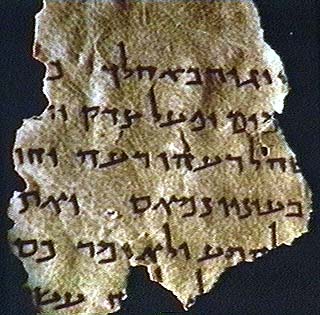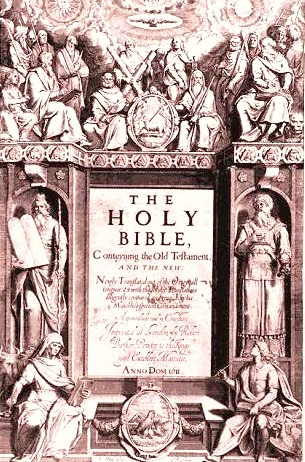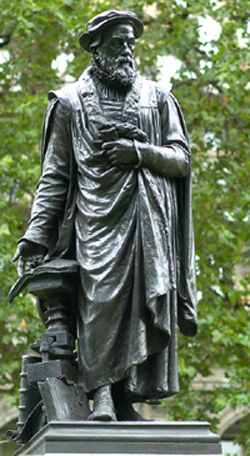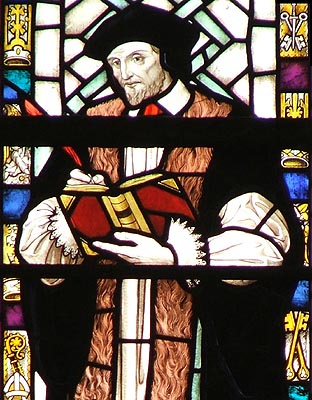
A TRUE CHRISTIAN accepts by faith that the Bible is the inerrant Word of God, a product of "holy men of God [who] spake as they were moved by the Holy Ghost" (2 Peter 1:21). This traditional view of Scripture prevailed in Western civilization until challenged by the nineteenth century movement known as Higher Criticism. Since then, the agnostic flavor of higher criticism has gradually permeated the West yielding nothing but the confusion of scores of translations that vary widely and and a broad disdain for the concept that a valid standard of truth can be found in any translation of the Bible.
THE CHALLENGE of understanding where the Bible came from takes one back to the beginning, that is, a discussion of manuscripts. The Old Testament Hebrew text elicits little controversy because the Hebrew copyists, the Masoretes, took remarkable painstaking efforts to accurately transcribe their documents, resulting in an astounding uniformity of extent ancient manuscripts. The higher critics had difficulty planting their seeds of doubt. The New Testament manuscripts, however, have been ground zero for devastating attacks by the skeptics. Although the vast majority of Greek New Testament manuscripts, some five thousand of them, are virtually identical, the relatively late discovery of two others provided opportunity for the higher critics to attack. The latecomers, Sinaiaticus and Vaticanus, vary widely from the five thousand Byzantine texts. Since they are alleged to be older, these two are assumed to be more valid. Unfortunately, higher critics are slow to concede the obvious internal structural problems of Sinaiaticus and Vaticanus. These include their disagreement with each other in hundreds of places, the script of at least a dozen separate scribes correcting the text back and forth, and real doubts about the alleged age of these two documents.
THE BEST SCHOLARSHIP in ancient near east languages was in the sixteenth and seventeenth centuries. While many find this hard to accept because of the technical superiority of modern times, it is nonetheless demonstrated by a close examination of the actual linguistic skills and output of scholars of that era. It was during this period that the absolute best translations of the Bible were made into modern European languages, all of them standing on the most reliable manuscripts, then or now, namely the Masoretic and Byzantine texts. For English speakers, the culmination of a century of intense research and scholarship of biblical languages was the King James Bible. After its first publication in 1611 it became the single standard for the entire English speaking world for nearly three hundred years. Its exclusive use parallels precisely the stunning explosion and absolute dominance of English speakers over most of our planet. Is it coincidental that its recent and ongoing lapse in popularity is concurrent with the decline of power and prosperity of English speaking nations? The King James Bible alone bears the providential mark of God's blessing for the English speaking world.


Miles Coverdale 1488-1469 First complete printed English Bible
John Reynolds 1549-1607 Leader of Authorized King James Bible Translation Committees










William Tyndale 1492-1536 First modern English translation
By Reed Benson